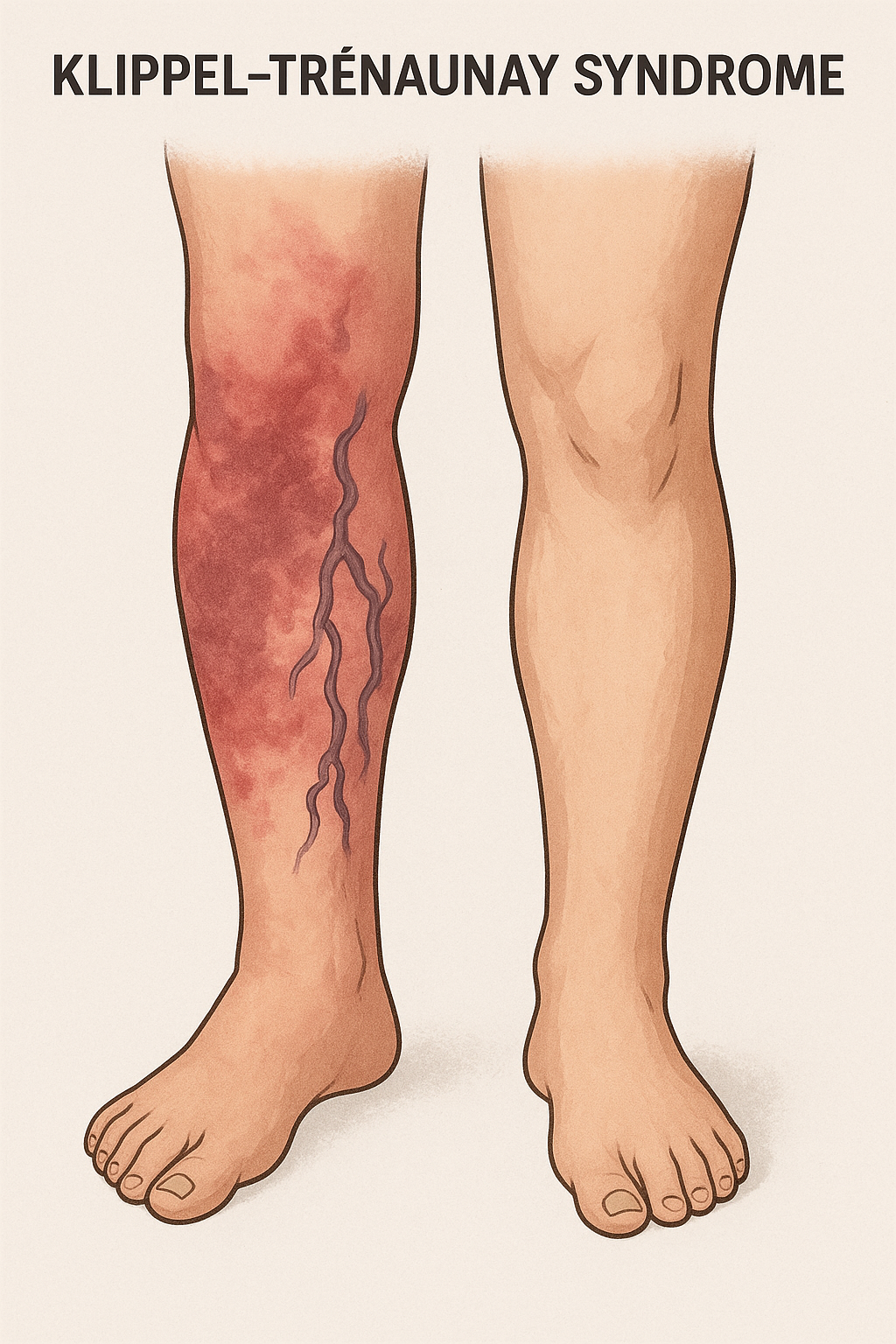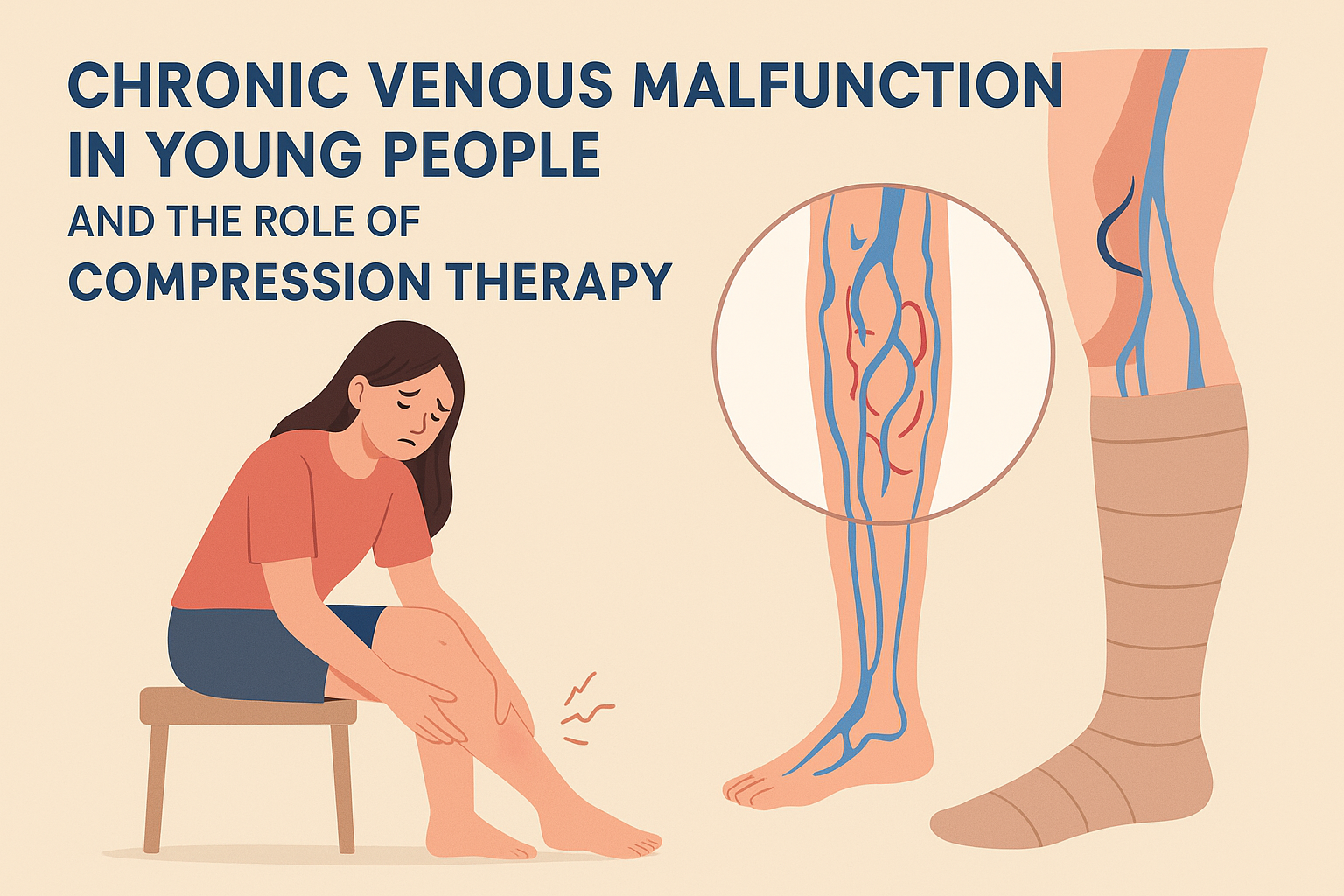Introduction
Living with diabetes requires constant vigilance to maintain optimal health. One potential complication that individuals with diabetes should be aware of is Deep Vein Thrombosis (DVT). DVT occurs when a blood clot forms in the deep veins of the body, commonly in the legs. This condition poses a significant risk to people with diabetes due to various factors that contribute to its development. In this article, we will explore the link between DVT and diabetes, understanding the risk factors involved, and learning how to reduce the risk effectively.
Understanding Deep Vein Thrombosis (DVT)
What is DVT?
Deep Vein Thrombosis is a serious medical condition where blood clots form in the deep veins, usually in the legs. These clots can impede blood flow, leading to various complications.
The Connection Between DVT and Diabetes
Individuals with diabetes are at a higher risk of developing DVT due to the impact of diabetes on blood vessels and blood flow. High blood sugar levels can damage blood vessels, making them more susceptible to clot formation.
Risk Factors for DVT in Diabetes
1. Poor Blood Sugar Control
Uncontrolled blood sugar levels increase the risk of DVT in individuals with diabetes. Consistently high blood sugar can damage blood vessels and promote clot formation.
2. Sedentary Lifestyle
A sedentary lifestyle can slow down blood flow, especially in the legs. People with diabetes who lead a sedentary lifestyle are more prone to developing blood clots.
3. Obesity
Obesity is a common risk factor for both diabetes and DVT. Excess weight puts additional pressure on the veins and can disrupt blood flow.
4. Smoking
Smoking damages blood vessels and decreases blood flow, contributing to the risk of DVT.
Reducing the Risk of DVT in Diabetes
1. Maintain a Healthy Blood Sugar Level
Keeping blood sugar levels within the target range is crucial for reducing the risk of DVT. Regularly monitor blood glucose levels, follow a diabetes management plan, and take prescribed medications.
2. Stay Physically Active
Engaging in regular physical activity can enhance blood circulation and reduce the risk of blood clots. Aim for at least 30 minutes of moderate exercise most days of the week.
3. Adopt a Healthy Diet
Eating a balanced diet rich in fruits, vegetables, whole grains, and lean proteins can help manage diabetes and promote vascular health.
4. Avoid Smoking and Alcohol
Quit smoking to improve overall vascular health. Additionally, limit alcohol intake, as excessive alcohol can increase the risk of blood clot formation.
Conclusion
Individuals with diabetes face an increased risk of developing Deep Vein Thrombosis (DVT) due to various contributing factors. Maintaining optimal blood sugar levels, adopting a healthy lifestyle, and being proactive in reducing risk factors can significantly reduce the chances of DVT occurrence. It is essential for people with diabetes to be aware of these risks and take appropriate measures to safeguard their vascular health.
FAQs
1. Can DVT be completely prevented in diabetes?
While it may not be possible to completely prevent DVT, managing diabetes effectively and adopting a healthy lifestyle can significantly reduce the risk.
2. Are all people with diabetes at the same risk of DVT?
No, the risk of DVT can vary among individuals with diabetes. Factors such as blood sugar control, physical activity, and overall health play a role.
3. Can DVT be asymptomatic?
Yes, DVT can be asymptomatic in some cases, especially in its early stages. However, symptoms may become evident as the condition progresses.
4. Are there any medications to prevent DVT in diabetes?
In some cases, doctors may prescribe blood-thinning medications to reduce the risk of blood clots in individuals with diabetes.
5. Is DVT a life-threatening condition?
DVT can be a serious and potentially life-threatening condition if a blood clot dislodges and travels to the lungs, causing a pulmonary embolism. Early detection and appropriate management are crucial to prevent complications.












